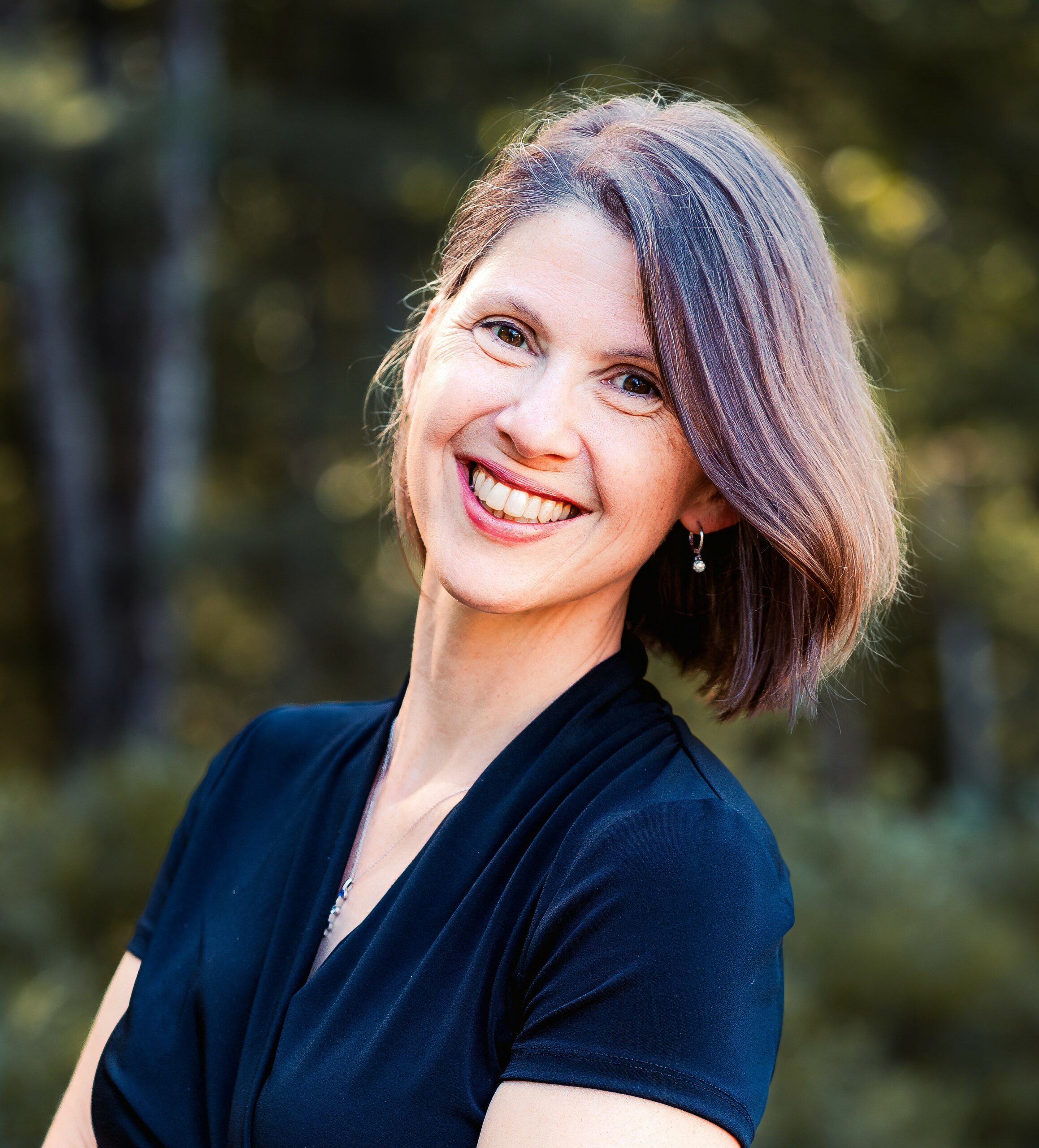Homeschooling seldom involves just learning at home: nature center classes, group gym meet-ups, library events, cooperatives, and field trip are the normal experience for the majority of homeschooled children. More recently, homeschool learning centers, where children regularly attend for one class or full days, have popped up to enable specialized programming, group learning, and community building.
In the fall of 2019, I founded Latitude Learning Resources to offer creative classes in Lego engineering, computer programming, poetry, historical Dungeons and Dragons, theater, and much more. Latitude now serves over 100 children each week in an expanded array of classes, family social events, meet-ups, and afternoon clubs. Our teachers bring imagination to the classroom and encourage children to move around if they are kinesthetic learners, to ask questions if they need to talk things over, to write if that is their preference. Ultimately, a student gets out of Latitude what is put in—and time and time again, they put in more than an adult might believe possible.
I also began Latitude Learning so that I could find a way to volunteer my time and talents to help children soar by loving what they are learning and learning in an individualized way. What I discovered in my director role is that there are dark and desperate reasons why families turn to homeschooling. The most common are bullying, neurodivergence, and social pressures.
Children who have had negative experiences in school settings often must heal before learning can recommence. For homeschoolers, this time period is called deschooling, a time when there are few expectations or learning demands placed on the child (this is different than unschooling, when children self-direct their homeschool learning). At Latitude Learning, students going through deschooling slowly realize they can enjoy classroom time and learning if they have some ownership of their participation and exposure to areas of interest. Tools like Lego and 3D printers, and classes that focus on something fun like Harry Potter help with the process. Deschooling times vary, but at Latitude Learning we know this period has ended when a child asks that a specific class be taught, gets out a chess board and challenges a teacher, independently chooses to work on math puzzles, or peppers teachers with dozens of questions about topics of interest.
Although Latitude Learning is a 501c3 charity supported by private donations and uncountable volunteer hours, we must charge tuition to pay for operational expenses like rent, utilities, insurance, and staffing. We aim to keep this tuition as low as possible, but often, it is still unaffordable for families. When Latitude started, we had a surprising number of families use Children’s Scholarship Fund awards. It opened my eyes to the needs of homeschoolers. In 2021, families began using Education Freedom Account (EFA) funding. Each year, the number of EFA families has grown.
Those who criticize the EFA program claim that all education funding should belong to public schools, or that families should be able to homeschool without assistance. They cite their own experiences in public education being tolerable, or their own experiences cultivating a homeschool program on the cheap. Whether or not an individual did well in a public school does not mean that every individual can. And whether a homeschool family can afford everything they want does not mean that it isn’t a struggle for others.
The arrogance of both attitudes is astounding for a society that claims to value each child and his or her education. Most think of literacy, math proficiency, citizenship, scientific knowledge and application, art awareness, and historical understanding as education, although the route to competencies varies tremendously by educational model. So should our society only value public education? Or should we value education, regardless of the model?
Public schools and education cannot be conflated. The public school system is the clear preference by the majority of families for education. As I have witnessed, however, it is not the preference, nor can it ever be a healthy model for all.
New Hampshire public schools spend on average over $20,000 on each student per annum. You would be hard pressed to find a homeschool family that spends that amount each year on a child. Instead, they pay out-of-pocket for therapies, curricula, classes, and opportunities, and forego income to enable a caregiver to be home. Because homeschool families put great value on the needs of each individual child, they willingly sacrifice. Yet it is still out of reach for many without aide.
EFA money, an average of less than $5,300 per child in 23-24, makes educational choice a reality for families. It is a clear cost-savings over public school enrollment.
Detractors claim that EFA is unguarded and that there is no oversight. This couldn’t be further from the truth. Program vendors are vetted and every expense must be approved. Participants have to prove their use of money leads to positive outcomes through submission of standardized tests or evaluations.
On the frontlines, I watch families homeschool for a time, and then use public school, or try a charter school because of the specialized program, or utilize public schools for one child and homeschool another, or homeschool for the middle grades and utilize public schools for high school. There is no typical experience or homeschool trajectory. My own family is no exception. As homeschoolers we have paid for numerous homeschool programs, Latitude Learning included, used a community college, VLACS, our local public school, and even a private school for a time. We have been fortunate enough to afford choices for our children out-of-pocket. And I have been further blessed to be able to continue to volunteer my time to make Latitude Learning a reality for so many children.
For the future of every child in our state, we have to value choice in education, and the most democratic way to do this is to let families decide what is the best educational setting for each child. The vast majority will choose New Hampshire public schools, yet it shouldn’t be the only choice families can afford.





